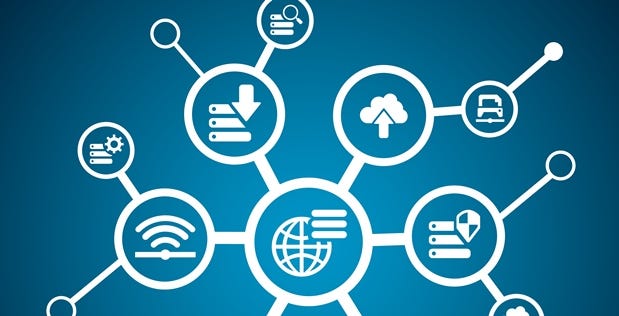- Simple instead of complicated
- Fast instead of slow
- Fun instead of boring
Mr. Gingiss gives credit for the advice to Chicago Cubs coach Joe Madden, who urges his players to do the simple better -- make the routine plays, you know, routinely. It's like the advice the manager in Bull Durham gave his young, under-performing minor league team:
Mr. Gingiss draws the analogy: "In business, this equates to making every interaction with the customer easier." He compares, for example, Google's home page to Yahoo's; the former is spare, almost sparse, while the latter is needlessly busy. Remind me, which one dominates search?
"Simple" is not a word most people would usually use to describe their interactions with the healthcare system. Nor is "fast" or "fun."
Look at your health insurance policy, or a healthcare bill, or the warning labels on prescriptions. Any of those simple? Is waiting for your physician or test or service fast, much less fun? You're probably got a patient portal, or two or three, plus one for your health insurance, but do any of these really make things easier for you?
No, in healthcare we make the simple complicated, we make fast slow, and we make fun at best boring and worst scary.
It's useful to remember that for most of the time there has been healthcare, care was more about comfort than cure. Doctors and other healers didn't have much in their bag of medical tricks, but what they could be counted on was to comfort sick people -- maybe give them hope, sometimes even help them get better, but always be a source of comfort.
That bag of tricks is pretty big now. We have some solid understanding of what causes many -- not all -- diseases and disorders, and numerous treatment options to deal with them. In fact, we expect our physicians to always be able to do something for us: give us a pill, perform some surgery, get us into a clinical trial when all hope seems lost.
But we've lost simple along the way.
Our doctors are rushed each time we see them. Nurses, that last bastion of comfort, are usually in short supply, and often replaced by a confusing array of other medical personnel -- LPNs, medical assistants, medical technicians, and so on. We don't have one diagnosis, we have many. We don't have one doctor, we have several. We don't take one prescription, we take multiple.
We're getting plenty of care, but comfort often ends up being short-changed. The complicated is driving out the simple.
Health is complicated; there are no shortcuts to it. Healthcare is complicated; figuring out exactly what is wrong with someone is hard, as is tailoring the treatment to them. Complicated now comes with the territory, but we're letting it define healthcare.
I still choose to believe that most people involved in healthcare want to help people. I suspect most of them still believe that what they are doing is helping people, and, in many cases, it may be. But I don't think that enough of them are heeding Mr. Gingiss's advice; they're not working to make things simple, or at least simpler.
Mr. Gingiss warns: "Simplicity is a basic tenet of customer experience, but it is often overlooked in favor of a company's outdated rules or procedures." Indeed, too much of healthcare is about following the rules and regulations. Too much of healthcare is making sure the various parties get their money. Too much of it is about the convenience of the people working in healthcare. Too much of it is about trying to avoid getting sued.
These are not the questions that we are asking. These are not the goals we are setting. These are not even things we are measuring. As a result, too much -- way too much -- of healthcare ends up being about what we're doing to people, not what we're doing for them.
Do simple better. Help them feel better. Comfort them.
Mr. Gingiss concludes:
Take a hard look at your company’s experiences and customer touchpoints – both offline and online. There are so many opportunities to Do Simple Better and because they are simple by nature, they are also usually inexpensive to execute. It’s the little things that matter in customer experience, and a lot of little things can go a long way to differentiating your company’s experience from that of a competitor.We can do better. We have to do better. We may or may not be able to make the healthcare experience simple, but no one can doubt that we can make it simpler. We can also try to make it faster, and we should try to make it more fun.
But will we? What did you do about it today, and what can you do about it tomorrow?
I'll close with another one of Albert Einstein's great quotes:




















